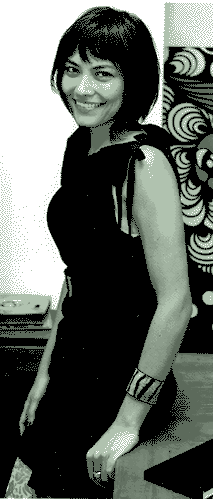
— Drove to the coast early this morning to see the whales at Depoe Bay*. No snow/ice in-sight just cold fog and dark but saw four white vans that had driven off the road and a white pick-up upside-down in the middle of the road: maybe one of the Washington-yahoos, who roared by me earlier. A nice drive: I like seeing fog/clouds lift off the hills and the early morning light come through the trees. The Toyota’s odometer turned 180K at Depoe Bay. Eventually a glorious sunny day at the coast: couldn’t stay that long as I didn’t want any more dark driving in the fog while returning home. The ocean was very alive today and too rough for the whale-watching boat to go out (probably for all of this week too). People were getting drenched from the crashing waves/spouts just walking down the sidewalk by the water. I didn’t realize how very far out the whales were: nearly to the horizon sometimes, and all you really see is a faint, brief spout maybe 10 ft high and a couple of miles out. But I appreciate how you’d follow the whale migrations (and the much closer summer feeding), if you lived there: I saw a few people sitting out in their lawnchairs, perched on a cliff, binoculars and thermos at hand; there were also Whale Watching Volunteers explaining the migration/whales for a few hours midday at various spots along the road. Unfortunately there were not the 12-hr photos I’d prepared-for: the sky was too bright for one thing… I guess the whales migrate 12K miles from Alaska to Baja in about two months, continuously without eating, down to their Mexican spawning grounds — they still won’t feed until back up in Alaskan waters. That’s about all I remember from my visit to Whale Watching Center: it got quite busy (some from Japan but more locals I think): it’s difficult to discern a whale-spouting from a distant seagull or white-cap. While a cloudy day would have made a better series of 12hr-photos, today’s sun (and calm wind) made it easier to see the spouts from shore. On the way back, another vechile off the road and upside-down, and then… a crashed motorcycle with its rider writhing on his back waiting for the paramedics. What a day and a long story. And then to find that a squirrel has discovered a way to reach my new yellow birdfeeder and had dislodged and broken it, but I’ll be able to glue the plastic back together… not so sure we can say the same about the Arctic/Alaska or even the motorcyclist. There’s a brief off-chance that we can still all function/grow as a cohesive, caring human species. The whales will know…**
*- Depoe Bay is a city in Lincoln County, Oregon, United States, located on U.S. Route 101 next to the Pacific Ocean. The population was 1,398 at the 2010 census. The bay of the same name is a 6-acre (2.4 ha) harbor that the city promotes as the world’s smallest navigable harbor. [On March 11, 2011, Depoe Bay’s port was damaged by a tsunami caused by the Tohoku earthquake off the coast of Japan. If you can somehow accept the coming Tsunami — this coastal area would still be appealing if there wasn’t so much car traffic now — from Portland-surrounds and then even when you get to the coast, mid-week off-hours.] Depoe Bay was named for Siletz Indian Charles “Charley” Depot who was originally allotted the land in 1894 as part of the Dawes Act of 1887. There are conflicting accounts of the origin of his name. One says he was given the name “Depot Charley” for working at the military depot near Toledo, Oregon. The family was later known as “DePoe”. His original tribal affiliation was Tututni.
** –










